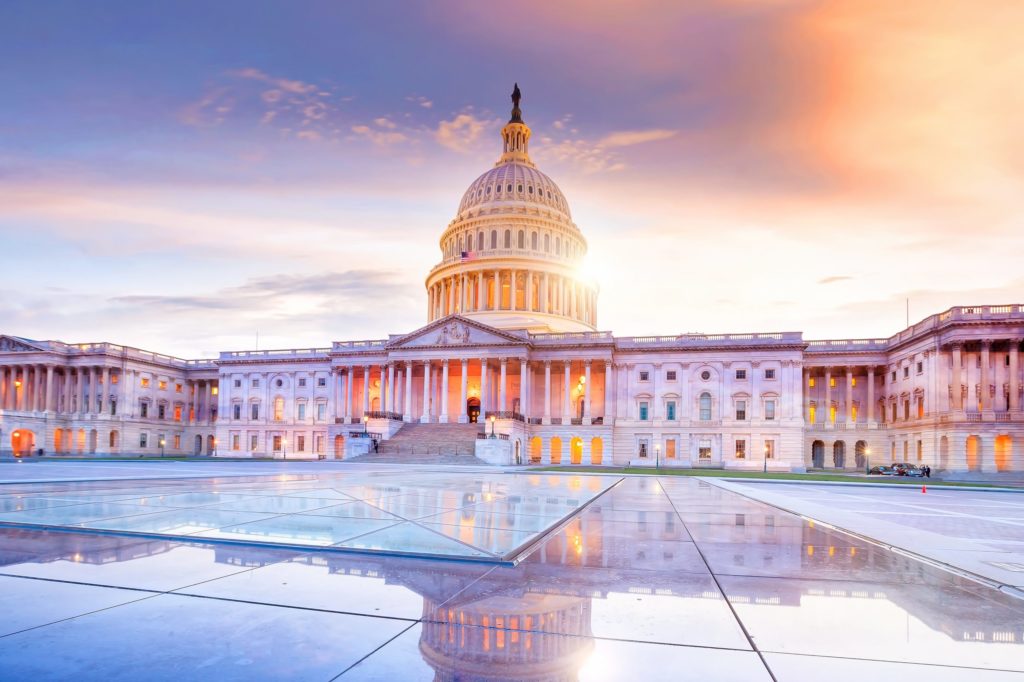Regulatory reform in the 114th and 115th Congresses
The election of Donald Trump presents what some see as the potential for a sea change in the American regulatory state, given the emphasis that candidate Trump put on the importance of reducing American businesses’ regulatory burdens. Indeed, one of Trump’s first actions as president was to issue Executive Order 13771, which created a “one in, two out” requirement for new regulations and imposed caps on the costs new regulations could impose.
At a time when the volume of federal regulations has reached a historic high, proposals to reduce the scope of regulatory burdens are welcome. However, sole reliance on executive orders is unlikely to produce lasting deregulatory change. In our system of separated powers, creating a durable and
sustainable deregulatory movement ultimately requires congressional buy-in. Furthermore, congressional involvement in regulatory-reform efforts can help enhance democratic accountability and good-governance principles.
To better understand what types of regulatory-reform legislation might be helpful in such an effort, it is worthwhile to examine proposals that have been considered in recent congressional sessions. Sorting through these ideas can help to identify the best templates to restore faith in our system of democratic governance and enact durable regulatory change that will last beyond the current administration.
Image by Christopher Halloran









